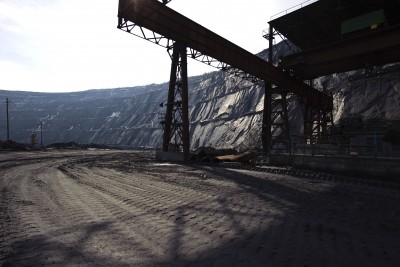Environmental Issues in Mining

In some parts of the world, mining in an age old practice. Miners are people who survey the surface and sub-surface areas on the earth to discover minerals and other resources for extraction and processing. The very nature of the task – removing minerals from the surface and subsurface – is damaging to the earth since it disrupts the natural composition of the land.
Even underground mining is disruption to trees, crops, vegetation, water beds, and wildlife populations. The process might also contaminate the surface water and soil.
Government and non-profit agencies have been investigating current methods of mining due to the risk it poses. Apart from the environmental challenges, the process itself requires a lot of energy to keep the mine going, so although it is supposed to discover resources, a lot of natural resources are consumed in the process. A crucial area of focus for these governing bodies is the health risks posed to miners who are forced to work in these dangerous and sometimes fatal working conditions.
In a bid to address the concerns to the environment, regulations are being imposed on entire operations. The result should be a reduced impact on the process on biodiversity. Every mining operation would now need to be planned years in advance, and the possible environmental impact will need to be investigated years before any infrastructure is laid. Environmentalists will need to study the area to determine how wildlife, surface water and natural vegetation will be affected. They’ll also need to consider the feasibility of temporary relocation of these resources before a permit for mining is granted.
Miners are no longer allowed to plunder an area and leave a trail of destruction in their wake. Once the minerals are extracted and processed and the project is completed, there is a work of rehabilitation to be done. A team of environmental experts will need to come in to reshape and cultivate the site back to its original status – or to a shape that’s better than it was before. This should be the goal of every mining company around the world. The effects of mining are visible in the area where the mine is located, but the effects are more far reaching than that one local area.
Some of the best practices of restoration and reshaping include using technology to clean up contaminated soil and water, seeding and fertilization, replanting natural vegetation, contouring soil piles, and the reintroduction wildlife to their natural habitat. When mining companies make rehabilitation a part of their creed, the impact on the environment will be greatly minimized. This is true because the focus won’t just be on the clean-upwork after, but on the process and doing everything possible to reduce the impact on the environment in the first place. The budget for rehabilitation will be included as a part of the budget for the mining operation.
Miners also need to focus on energy efficiency, which means using modern technology and efficient methods to conserve energy.
About Author
Phillip Conway is a geodetic engineer who is currently engaged with various activities related to mining. He did some research, about the mining industry and read a few resouces such as those of Richard Fifer. Follow him on Twitter @PhillipVConway
